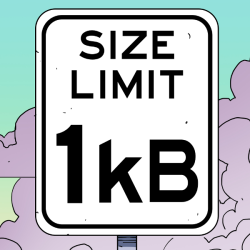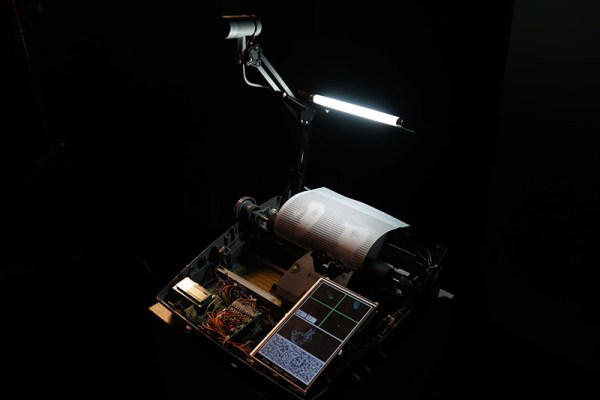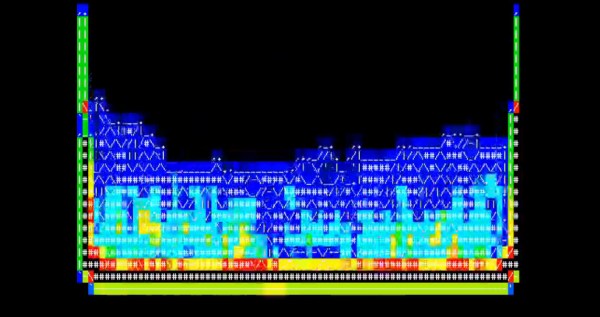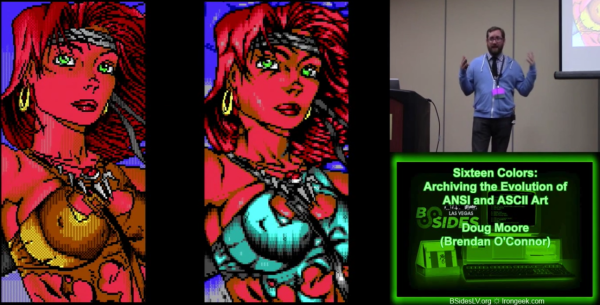Time was when only the cool kids had new-fangled 102-key keyboards with a number pad, arrow keys, and function keys. They were such an improvement over the lame old 86-key layout that nobody would dream of going back. But going all the way back to a one-key keyboard is pretty cool, in the case of this Morse keyer to USB keyboard adapter.
To revive her dad’s old straight key, a sturdy mid-20th century beast from either a military or commercial setup, [Nomblr] started with a proper teardown and cleaning of the brass and Bakelite pounder. A Teensy was chosen for the job of converting Morse to keyboard strokes; careful consideration to the timing of dits and dahs and allowances for contact debouncing were critical to getting the job done. A new wooden base not only provides stability for the key but hides the Teensy and makes for a new presentation. The video below shows it in action; our only complaint is the lack of sidetone to hear the Morse as you pound out that next great novel one click at a time.
Lovingly restored telegraph gear is a bit of a thing around here; we featured this vintage telegraph sounder revived with a Morse code sender not too long ago.
https://www.youtube.com/watch?v=qh_apYcr4xI
[via r/DIY]
Thanks to [Liz] for the tip


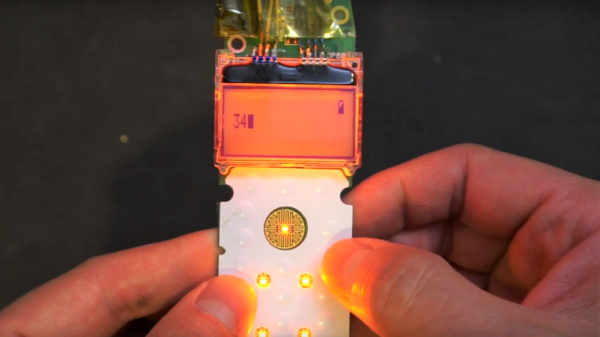
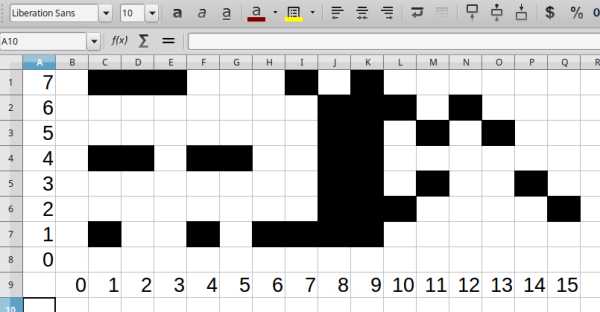
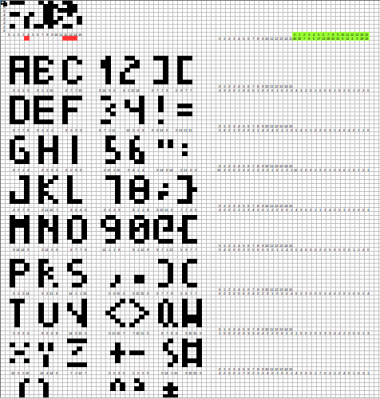 Rather than a pixel-by-pixel representation of the characters, [Jaromir] created a palette of 16 single byte vectors of commonly used patterns. Characters are created by combining these vectors. Each character is 4 x 8 pixels, so 4 vectors are used per character. The hard part was picking commonly used bit patterns for the vectors.
Rather than a pixel-by-pixel representation of the characters, [Jaromir] created a palette of 16 single byte vectors of commonly used patterns. Characters are created by combining these vectors. Each character is 4 x 8 pixels, so 4 vectors are used per character. The hard part was picking commonly used bit patterns for the vectors.